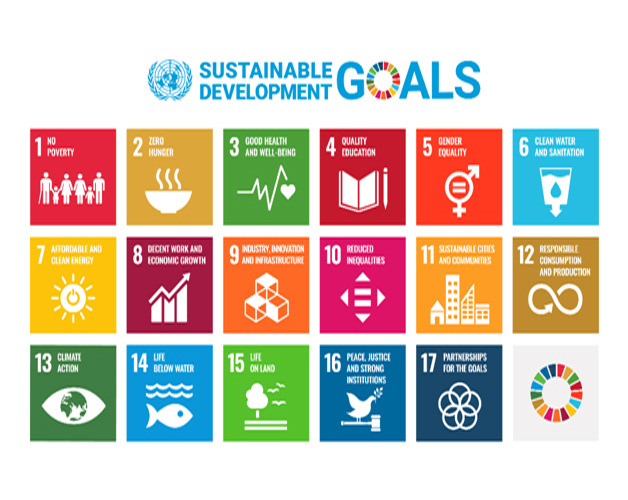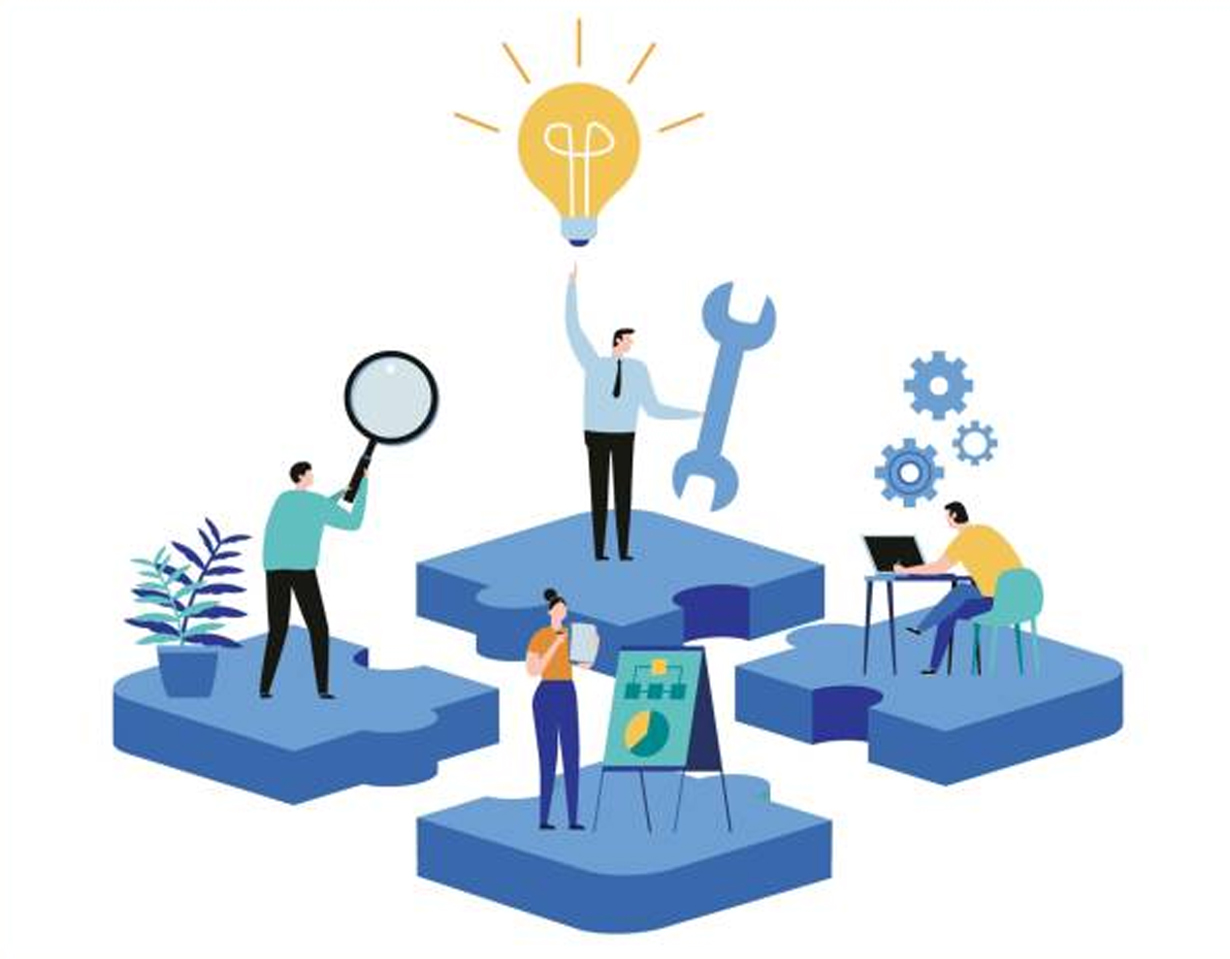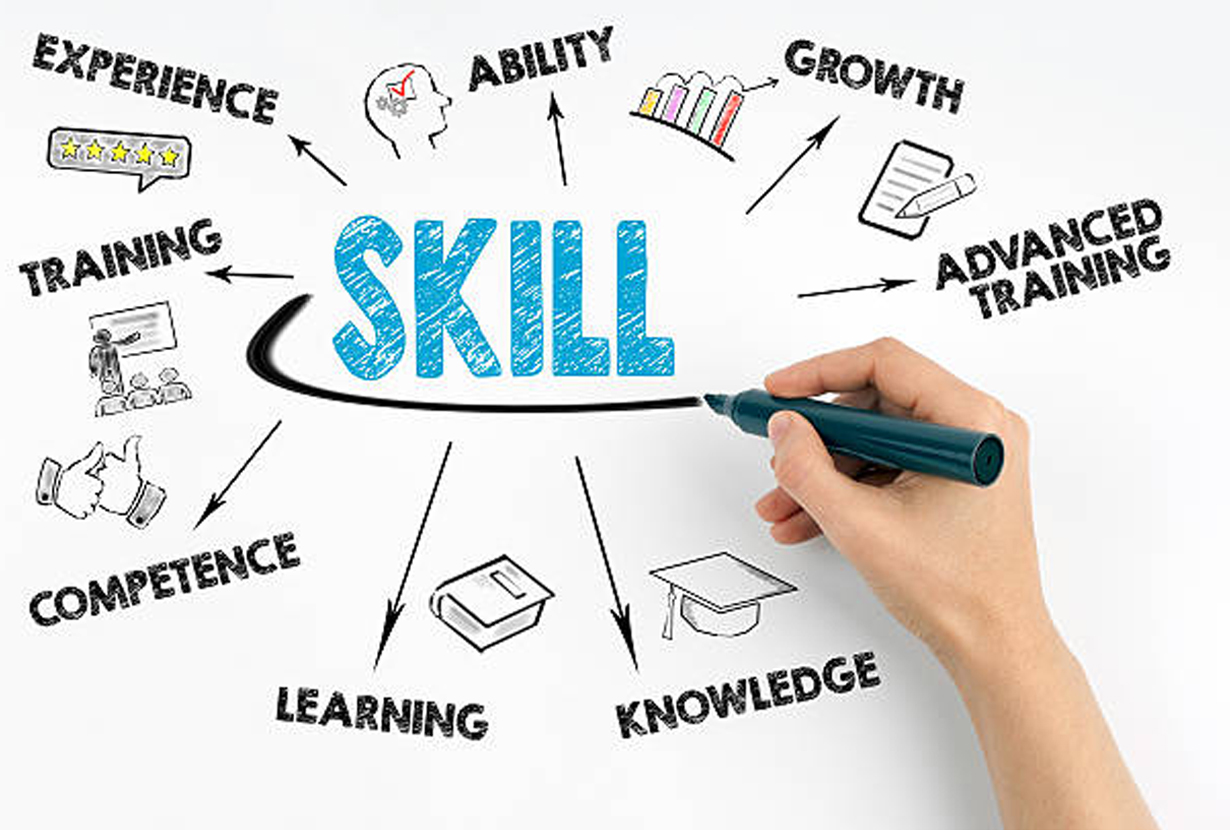Overview
Education, devoid of gainfully engageable skills, seems redundant in today’s perspective. What a paradox that while industries and businesses – big or small- strive to seek competent skilled workers in a paucity-stricken marketplace, Ironically, there are scores of youth bereft of a job. Obviously, the missing link is undoubtedly “skilling”.
In this day and age of applicative acumen, being skilled at a young age is more a necessity rather than luxury. Perhaps this is why nations world over are focusing on cultivating a skilled young workforce.
India, too, has embarked upon the arduous journey to become a momentous 5 trillion-dollar economic behemoth. Aligned with NEP 2020, the objective is to harness the country’s demographic dividend to give fillip to self-reliant India.
UNs 17 SDGs (sustainable development goals) provide a broad landscape for aspiring youth to get skilled in a wide spectrum of skills. This provides a purpose-oriented life pursuit leading to a happy society.


Research has proven that skill development yields best results when targeted at age group of 12-18 years.
Our skilling model has been successfully replicated 57 times and endorsed by skill stalwarts, AICTE, CBSE, Indian Consulates in the US et al. Comprehensive skilling programs across 21 divergent streams aimed at Upper middle and High School
Our skilling model has been successfully replicated 57 times and endorsed by skill stalwarts, AICTE, CBSE, Indian Consulates in the US et al. Comprehensive skilling programs across 21 divergent streams aimed at Upper middle and High School students (grades 8 through 12) equip school students with gainfully employable skills based upon interest and aptitude.
USP of the model is that each skill center established caters to specific skill requirements of local/proximate industry or business located in that geographical territory subsequent to in-depth gap analysis. Hence our skilling is directly linked or tied to imminent employment, so the skilled resource gets absorbed in workforce. This skill development program has the propensity to become a game changer.
CONCEPT PAPER
Skilled human capital or manpower is a dire need everywhere. Demographic dividend of a young (high school level) generation can be capitalized by effective and efficient skilling, tooling/retooling and matching individual aptitude with employable skills needed by local business. This has a four-pronged positive impact through:
a) alleviating pain points of local industry/commerce,b) uplifting regional economy,
c) rendering employment to youth and
d) arresting labor migration

21 Skill development streams:
- Engineering: Design/drawing, Automation, Robotics, Alternative energy, STEM structured towards “think tank”- challenge “WHY’ more than HOW- critical thinking
- Public Safety: Criminology
- Teaching as a Profession (focus on internships in classrooms)
- Culinary
- Dental Assisting clinical rotation
- Agriculture (Bio-Science, Animal Science)
- Business (Entrepreneurship, Web Design)
- Automotive
- IT (Coding- Java, 3D design, App development, Animation, Game design, Cyber security, IOT, Data Science)
- Welding
- Machining
- Business and Technology of Music (Instruments, Music in Film and Video)
- Cosmetology
- Intro to Healthcare Science- Nurse Aide, Clinical technologist, Paramedics - Emergency Medical Services, Applications, First Responder
- Construction, Infrastructure, Designing, Drafting
- Transportation, Logistics, Technology
- Media Broadcast - Video (TV Production)
- Audio Engineering
- Aviation (flight simulation, meteorology)
- Industrial maintenance, precision manufacturing
All 21 streams have featured job shadowing, internships and/or apprenticeships
May begin in 8th or 9th grades
May begin in 10th, 11th or 12th grade
Implementation
Syllabus, Courseware and Content is made available along with the list of equipment, materials and tools for each skill area.
Skill center can either be created as an independent Centre of Excellence or within an institution catering to youngsters keen on acquiring skills.
- Identify location/facility potentially catering to a cluster of few High Schools
- Gap analysis – identify specific skills required by the local business/industry
- Identify Faculty (professionals/retirees/others)
- Establish connectivity with local Industry for employment engagement
